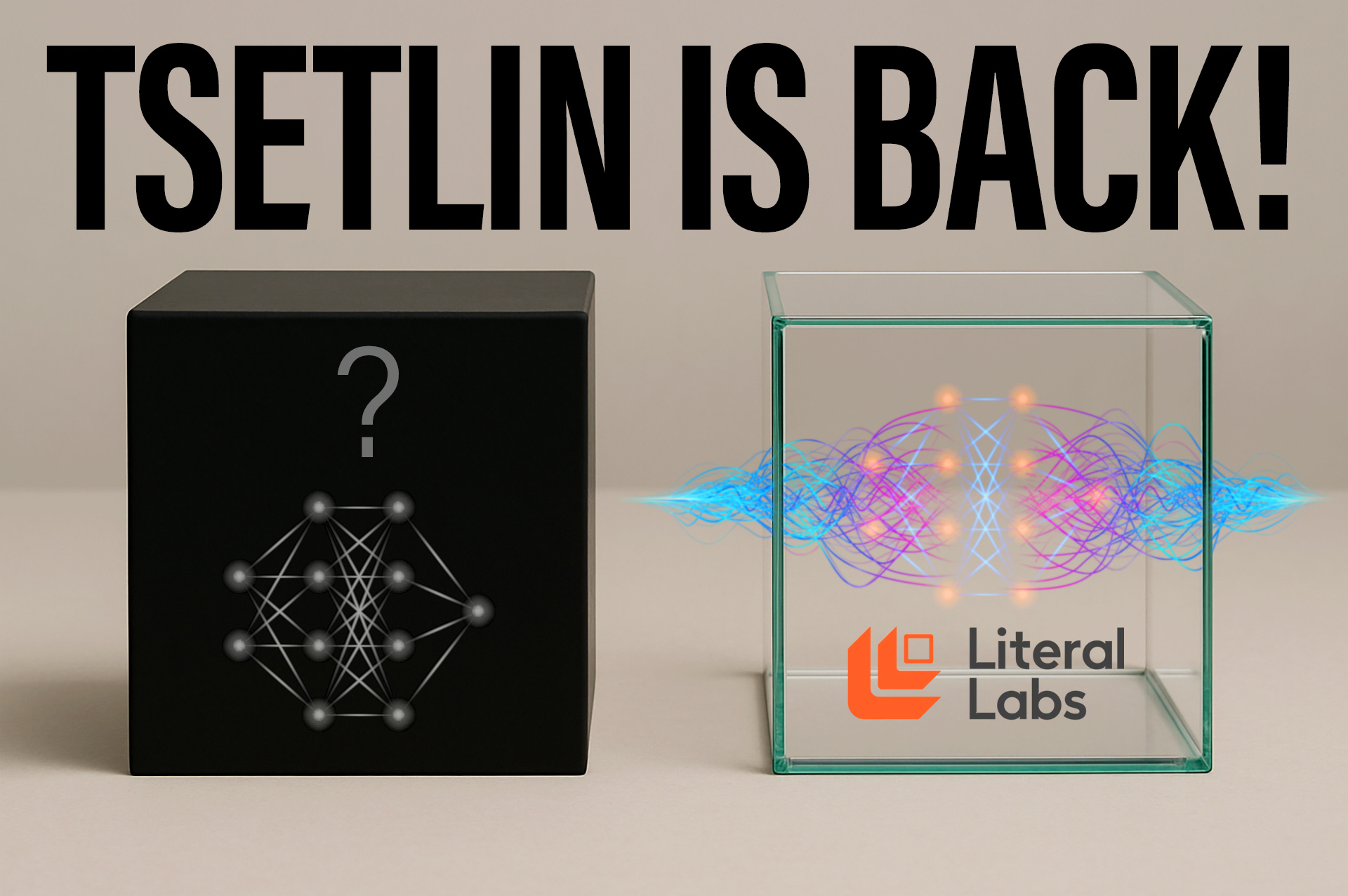When most engineers think about AI, neural networks come to mind. These powerful models dominate machine learning, but they come with drawbacks: high compute demand, large memory requirements, and an opaque “black-box” decision process. For engineers working with MCUs and embedded edge devices, these limitations can make deployment nearly impossible.
That’s where Tsetlin Machines come in. Literal Labs, a company in stealth mode, joined ipXchange to explain why this decades-old concept is being reimagined for the age of edge AI.
Why Explainability Matters
Neural networks often leave engineers guessing why a model produced a specific output. Debugging is difficult, optimisation is opaque, and compliance for safety-critical industries can be a nightmare. Literal Labs argues that explainable AI is essential. Tsetlin Machines provide this transparency, allowing predictions to be traced back to input features and logical clauses.
What Makes Tsetlin Machines Different
At their core, Tsetlin Machines use propositional logic instead of matrix multiplications. Clauses derived from input features act as voters, each contributing to the final classification. The result is a model that can be inspected, understood, and corrected when errors occur. Training uses a reinforcement-learning mechanism, rewarding or penalising logic automata to optimise decision-making.
Unlike standard logic implementations, Tsetlin Machines can handle thousands of features, scaling where traditional truth tables and minimisation techniques would fail.
Advantages for MCU Deployment
Microcontrollers present strict constraints: limited flash, RAM, and compute instructions. Many MCUs lack even dedicated multiplication hardware, making traditional neural networks ill-suited. By design, Tsetlin Machines rely on simpler logical operations, mapping neatly onto these platforms. This allows engineers to build smaller, faster, and more energy-frugal models that meet the requirements of embedded applications.
Training Tools from Literal Labs
Literal Labs is developing a cloud-based platform to let engineers upload datasets, automate training, and optimise Tsetlin Models for edge deployment. The platform handles preprocessing, model selection, and conversion, delivering outputs tailored for MCUs or other hardware targets. By removing complexity and common pitfalls, the company aims to make Tsetlin Machines accessible to any engineer working with embedded AI.
Applications and Future Potential
Where can these models be used? Literal Labs highlights:
- Edge AI systems where MCU constraints demand efficiency
- Battery-powered IoT devices where frugality is critical
- Industrial or consumer products needing explainable decisions
- High-volume data processing with reduced energy and cost overhead
By combining transparency, scalability, and hardware efficiency, Tsetlin Machines vs Neural Networks is shaping up to be a key debate in the future of embedded AI.
Comments are closed.

Comments
No comments yet